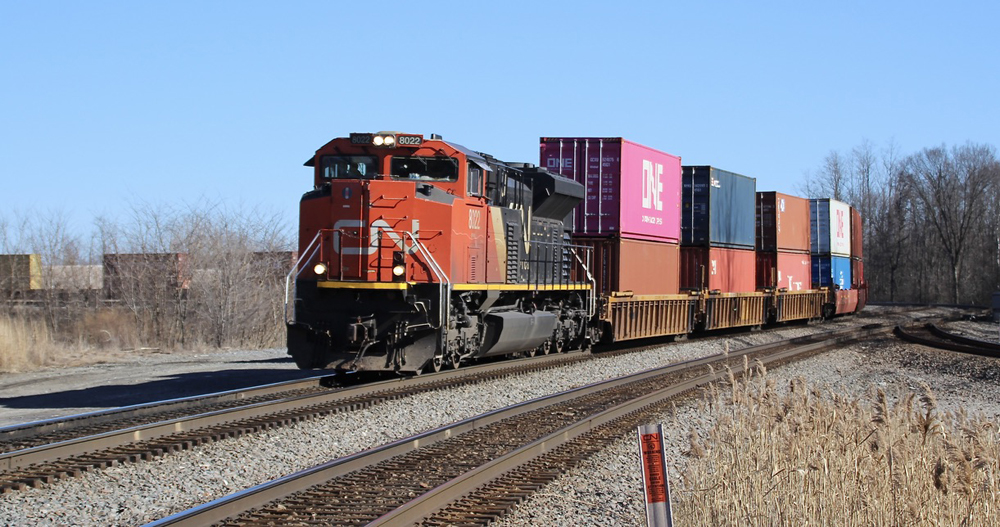
LAGUNA BEACH, Calif. — Canadian National and CSX executives today touted cooperation — not combination — as the best way to convert freight from highway to rail.
While Union Pacific has proposed an $85 billion acquisition of Norfolk Southern to create the first transcontinental railroad in the U.S., CN CEO Tracy Robinson says interline partnerships can provide seamless service now — and without the risk of operational problems related to a messy merger integration.
“You open up a rail map in North America, you can get from anywhere to anywhere already with the network that we have. What you have to do — what we have to do — is figure out how to make it easier to navigate between the railroads,” she says, noting that CN is seeking to form more alliances with other Class I railroads.
Earlier in her career, railroads were not interested in partnerships. “Today, we know as railroads we can be partners and we can be competitors at the same time,” she told an investor conference on Thursday morning.
This week CN and CSX announced they will offer new interline intermodal service connecting Canadian West Coast ports with Nashville, Tenn., via interchange in Memphis. Nashville is one of the fastest growing markets for CN, Robinson says, but this container traffic currently hits the highway in Memphis for the trip to Music City.
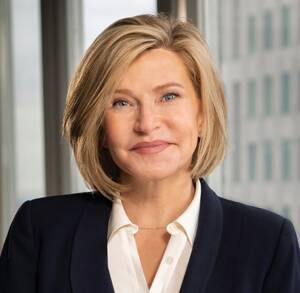
“This is about creating services for your customers so that they can best utilize the fullness of the North American rail network,” Robinson says.
At around 220 miles, Memphis-Nashville is a short haul for CSX. But CSX CEO Joe Hinrichs, speaking separately at the same investor conference, says the steel-wheel interchange in Memphis was a no-brainer given the volume of the traffic being trucked.
“We have a train running from Memphis to Nashville that has capacity on it. Why wouldn’t we just put it on our train? And that’s the extent of it: smart business, no incremental costs, great value for customers, take trucks off the road,” he says. “I mean, everybody wins.”
Hinrichs, a former Ford executive who became CEO in 2022, says he has been preaching the power of partnerships since he joined the railroad. “I’ve been imploring this industry to work better together to grow the pie for all of us and to serve customers better,” Hinrichs says.
But until recently the only alliance of Hinrichs’ tenure was with Canadian Pacific Kansas City through a new interchange in Alabama that links the Southeast with Texas and Mexico.
Now, however, Hinrichs says Class I railroads are far more interested in partnering. “We’re now at a point where the industry’s willing to talk about things that it hasn’t been willing to talk about before,” he says. “And a lot of that was largely driven by a ‘what’s in it for me’ view of the world.”
There’s far more potential from the broader intermodal alliance CSX and BNSF announced last month for new domestic service linking the West Coast and Southeast and international intermodal service connecting Kansas City with East Coast ports.

“They have the largest intermodal business in the West, with their partnership with J.B. Hunt,” Hinrichs says. “They’re the fastest in the West. We’re the fastest in the East. So we can see lots of scenarios where we can create really competitive offerings for customers … especially when we get the Howard Street Tunnel opened up.”
The tunnel clearance project, scheduled to wind up early next year, will allow CSX to offer double-stack service for the first time in the I-95 corridor and will create a direct route for traffic moving between the Midwest and Baltimore.
CN Chief Financial Officer Ghislain Houle says the name of the game is extending the reach of each Class I system.
“ We can help CSX and other railroads extend their network reach and reach markets that they wouldn’t be able to reach on their own,” he says. “But we don’t need to do this through mergers. We can do this through partnerships. If the partnership is well structured, and if the information flow between the two railroads is well done … you work as a one single-line railroad to cover North America.”
Robinson says the Falcon Premium intermodal service — which connects CN terminals in Detroit and Canada with Ferromex terminals in Mexico, with Union Pacific as the middleman between Chicago and the border at Eagle Pass, Texas — is a model for the industry.
The trains offer a consistent, five-day transit time because of close coordination and a commitment among the three railroads, she says.
The Falcon Premium service will pose a challenge for UP and NS as they seek to gain Surface Transportation Board approval of their deal, Robinson says. The STB’s 2001 merger review rules encourage alliances that can provide merger-like benefits without the risk of integration-related service problems.
“UP and NS are going to have to think about how they answer the question of whether you can get these benefits in different ways without contemplating the risk, the public harm, of putting a big merger together,” Robinson says.
UP and NS executives have pledged a smooth integration of their systems, should the merger win regulatory approval.
Robinson also said it will be a challenge for UP and NS to clear the regulatory hurdle of ensuring that their merger enhances, rather than merely preserves, competition. In order to boost competition, UP and NS will have to agree to concessions that “are going to be quite considerable,” she says.
CN, she adds, will do everything it can through the review process to protect its network and the competitive access its customers currently enjoy.
Robinson noted that UP CEO Jim Vena says the merger will enable his railroad to repatriate international intermodal business that currently relies on Canadian ports to reach destinations in the U.S. Midwest.
The Canada-U.S. volume is a drop in the bucket compared to what moves through the ports of Los Angeles and Long Beach and on to Chicago, Robinson says.
“Most of that volume that comes in through the Canadian ports goes down to Chicago, and it goes down to Memphis. There’s bits and pieces that go beyond, but he can compete for that already,” Robinson says. “ He can just show up and compete. He doesn’t need a merger to do that. So if he’s counting on that volume for his merger economics, then he’s probably paying too much.”
The CN and CSX executives spoke at the Morgan Stanley Laguna Conference.







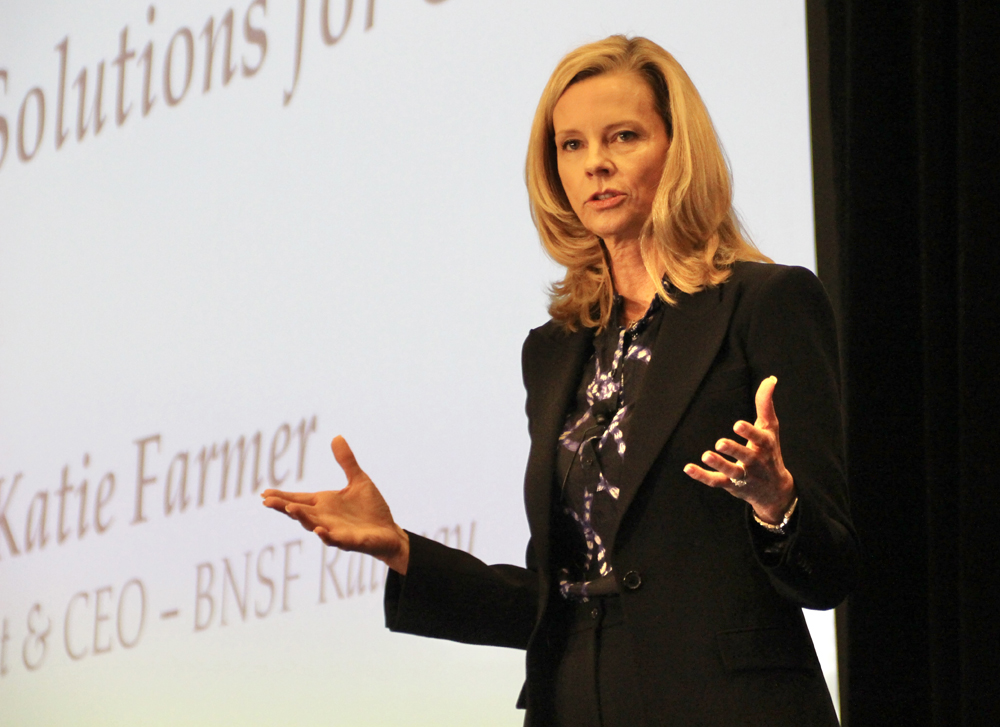
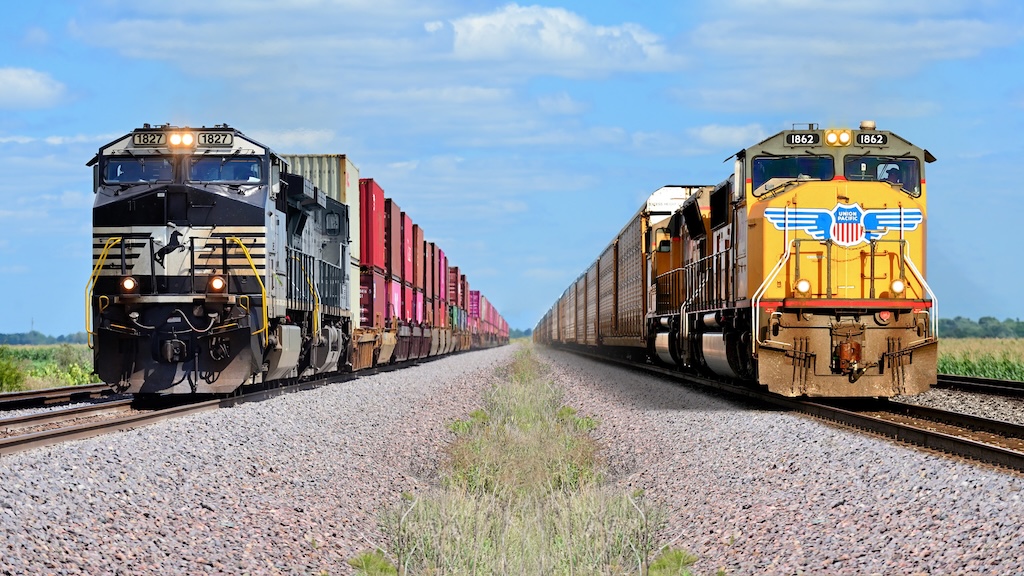

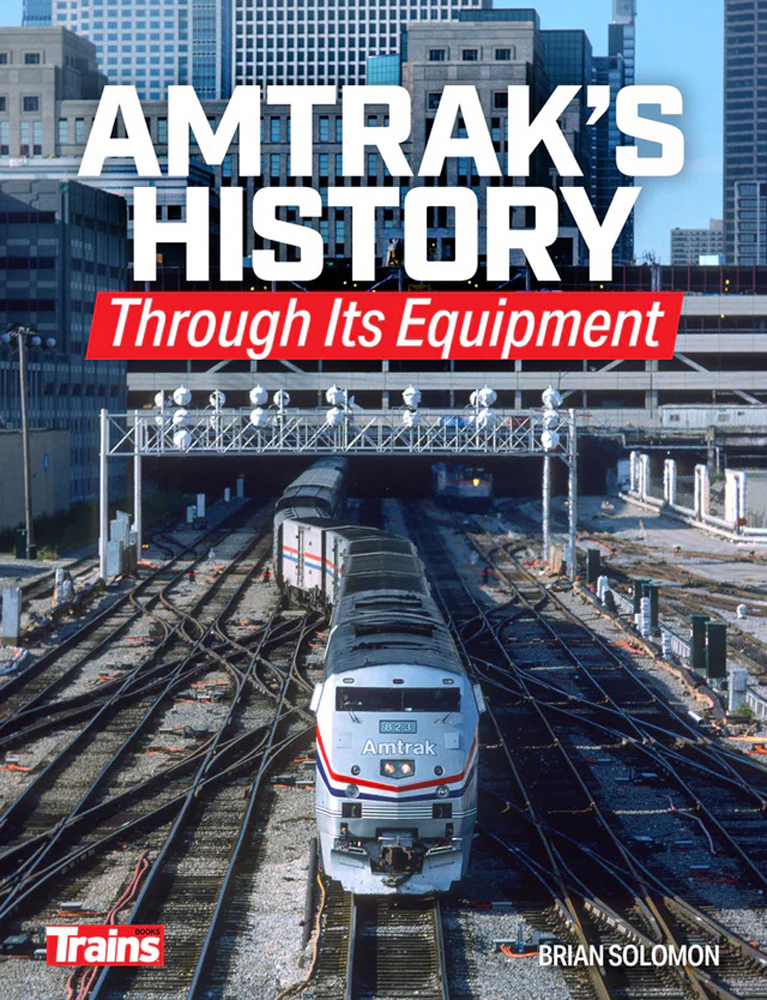
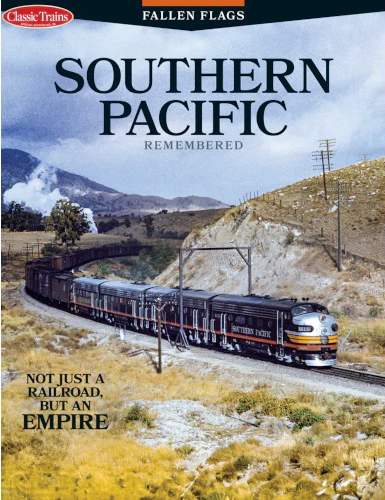
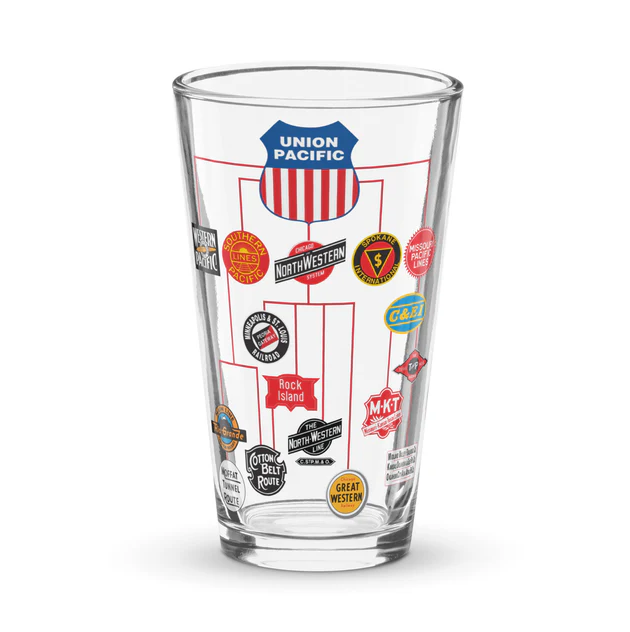
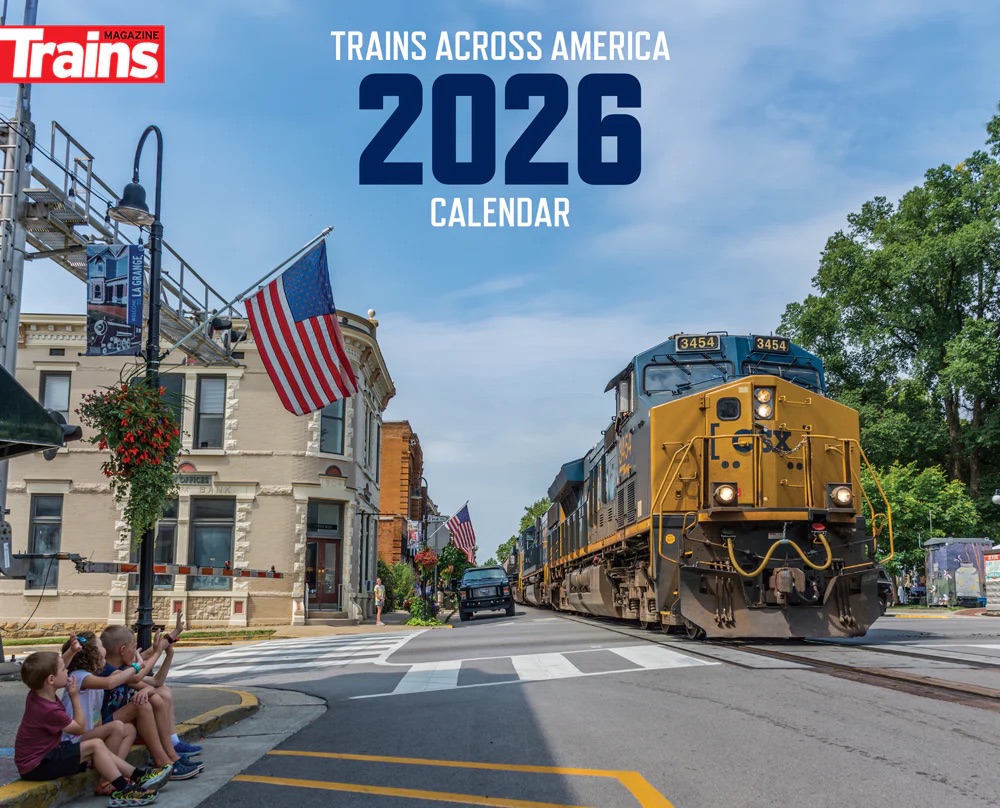
rediscovering the obvious…